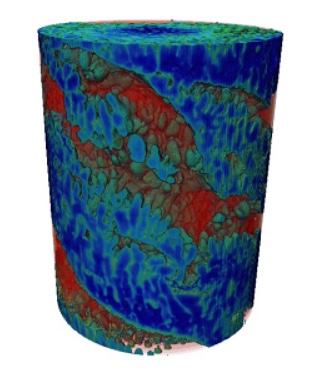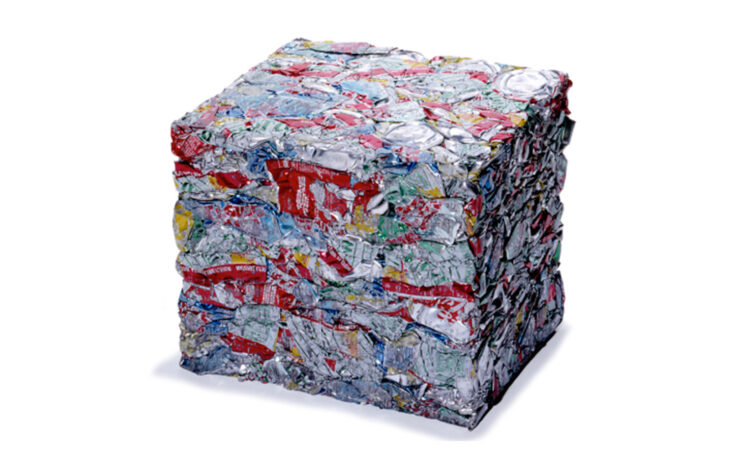Aluminum recycling is an important process for reducing the impact of global industry on the environment, as it is more environmentally friendly and less energy consuming than primary aluminum smelting. However, scrap aluminum is often contaminated with iron, which can create impurities in the recycled aluminum alloys. This results in the desired mechanical properties being reduced, limiting the application of recycled aluminum in high-tech production, such as, aerospace or automotive industry.
Working collaboratively, researchers Dr. Biao Cai from the University of Birmingham’s School of Metallurgy and Materials and Dr Andrew Kao from University of Greenwich have performed detailed crystallization research on the microscopic changes that take place when molten alloys cool.

For the project, Kao developed a mathematical model to predict whether micro-crystals would form, and what shape they would have. Biao used sophisticated high-speed x-ray imaging to record the formation of micro-crystals as alloys cool and solidify, under a magnetic field.
The model predicted that that helical ‘screw-like’ crystals would form under the influence of strong magnetic stirring, and the high-speed x-ray confirmed that this occurred. Although these elegant crystals are just micro-meters wide (ten times smaller than a human hair), they have implications for industrial-scale processes.
“These microscopic crystals ultimately determine the physical properties of the alloy,” said Biao. “To be able to adjust their shape, structure and direction of growth will enable us to perfect processes for both manufacturing and recycling of metals and alloys”.
Biao invented a technique to improve aluminum recycling by removing iron, which can make aluminum brittle. Existing methods for removing iron during recycling are either expensive or inefficient, but Biao’s simple, inexpensive technique uses magnets and a temperature gradient to remove iron contamination.
The technology is said to be applicable to a variety of alloys, since it does not require a distinct iron containing phase to be present in the alloy. It is also a clean process, as it does not require the use of additives (such as Mn) for creation of iron-rich phases. In addition, it can be configured to be installed into a continuous production line and can be scaled up to suit high production rates.
The technology has been patented by University of Birmingham Enterprise, which was established to help researchers turn their ideas into new services, products, and enterprises that meet real-world needs. It is also supported by the Midlands Innovation Commercialisation of Research Accelerator, which awarded Biao a grant to build a large-scale prototype of the new process.

